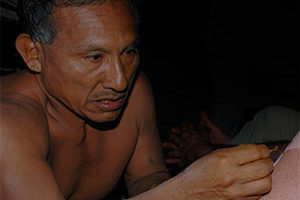
The Encyclopedia is written by and from the worldview of the Matsés shaman, describing how rainforest animals are involved in the natural history of the plants and connected with diseases. It is a true shamanic encyclopedia, fully written and edited by indigenous shamans, the first of its kind and scope.©Acaté
Historic Meeting of the Remaining Matsés Elder Shamans Concludes with Completion of First Indigenous Medicine Encyclopedia
Deep in the farthest reaches of the Amazon rainforest, the last remaining elder shamans of the Matsés tribe came together from distant villages in a quest to save their ancestral knowledge from the edge of extinction. This meeting concluded over two years work and culminated in the first encyclopedia of indigenous knowledge written by Amazonian tribal shamans ever produced.
On May 16th, after more than two years of work, the leaders of Acaté and the Matsés met to finalize the Matsés Traditional Medicine Encyclopedia. This historic meeting was held over a period of five days in the Matsés village of Puerto Allegre on the Rio Yaquerana, one of the most remote villages and the last settlement before the river’s headwaters, a vast territory that contains at least one ‘uncontacted’ tribal group living in voluntary isolation.
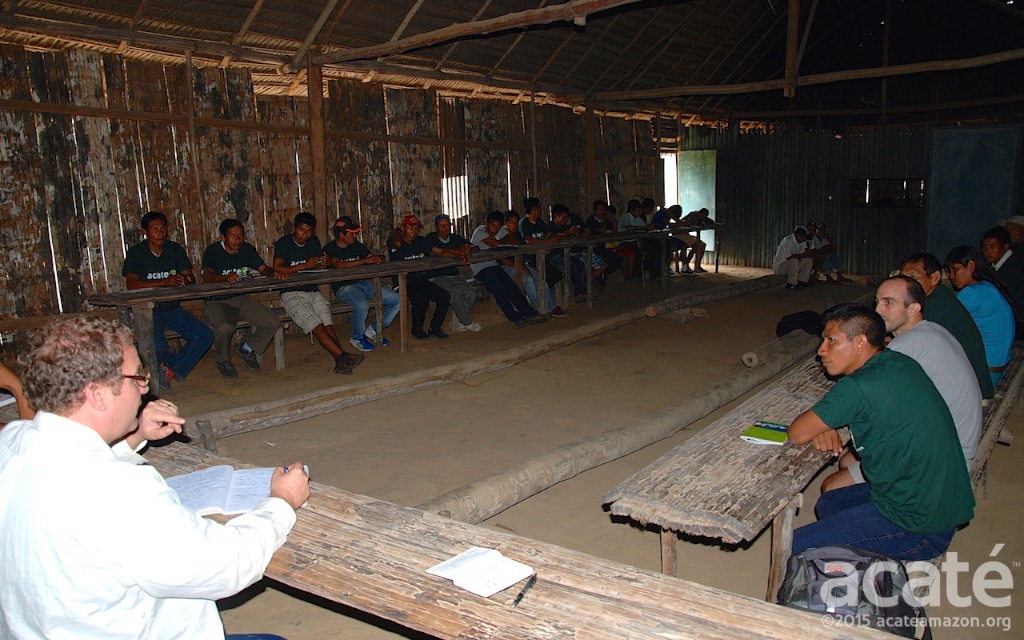
The meeting was lead by Daniel Vella Collantes, High Chief of the Matsés People and the Matsés Council. Chiefs from 11 of the Matsés communities attended along with 6 Matsés elder healers and the team members from each of the Encyclopedia chapters. Acaté was represented by Co-Founders Christopher Herndon and William Park, together with Field Coordinator David Fleck.
In typical Matsés fashion the introductions were short and the meeting turned to the first agenda item “How do we preserve and transmit the invaluable medicinal knowledge of the elders to the next generation as a living system of health provision.”
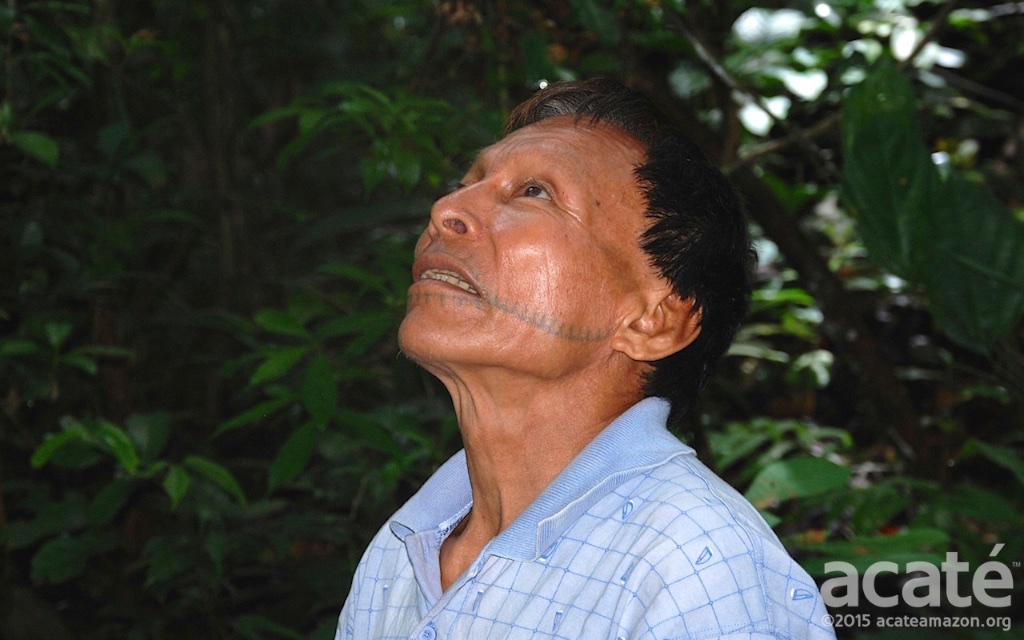
In a world in which cultural change is destabilizing even the most isolated societies, the healing knowledge of the Amazonian shaman is disappearing.
The health of Amazonian peoples has always depended on the wisdom of their elders. Passed down through the centuries, the knowledge of medicinal plants and techniques of treatment that have been accumulated are a product of their deep spiritual and physical ties to the natural world. The Matsés live in one of the most biodiverse ecosystems in the world and have mastered knowledge of its healing properties.

Although the giant monkey tree frog was first described by naturalists in the 18th century, its chemical properties were unknown until the Matsés were first contacted and observed to use its skin secretions in hunting rituals.
It is hard to overstate just how quickly this knowledge can be lost after a tribe makes contact with the outside world. Once extinguished, this knowledge, along with the tribe’s self-sufficiency, can never be fully reclaimed. Historically, what follows the loss of endemic health systems in many indigenous groups is near total dependency on the rudimentary and extremely limited external health care available in such remote and difficult-to-access locations.
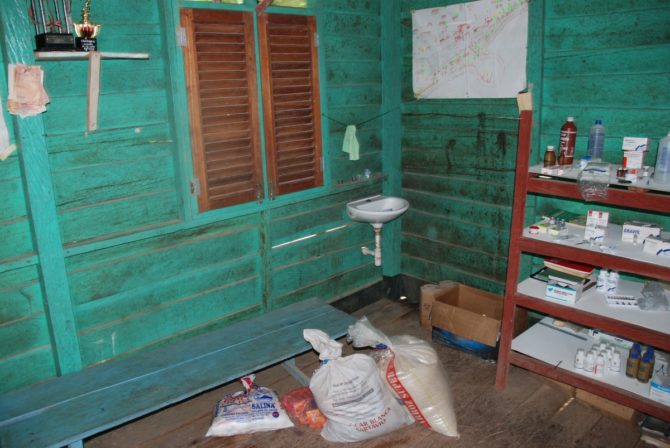
Health provision to remote villages such as the Matsés community of Estirón is challenging and limited.
The knowledge of the Matsés is still largely intact as sustained contact with the national cultures only occurred within the past half century. This presents a rare opportunity in the 21st century to be proactive. All the remaining elder healers were adults at the time of initial contact and had already mastered their knowledge before being told it was useless by missionaries and government workers. Sadly, due to these outside influences none of the elders have apprentices or younger Matsés interested in learning from them. Yet, at the same time, most villages still depend on and actively utilize the medicinal plants of the remaining few elder healers, most of whom are estimated to be over the age of 60. Their knowledge and the accumulated wisdom of generations stands on the very precipice of extinction. One of the most reknowned Matsés healers died a few years ago before his knowledge could be passed on.

The Encyclopedia is fully written by and from the world view of indigenous shamans, the first to our knowledge of its kind and scope.
In 2012, Acaté and the Matsés elders developed a three-point plan of action to preserve and transmit their self-sufficiency and the knowledge of their ancestors. The first step involved documenting this knowledge in the form of the book written in their language. Each chapter of the Traditional Medicine Encyclopedia was written by a renowned elder shaman chosen by the community. Each elder worked together with a younger Matsés who transcribed the plant knowledge and photographed each plant. The photos and text were compiled by Wilmer Rodríguez López, a member of the Council and an expert in written Matsés.
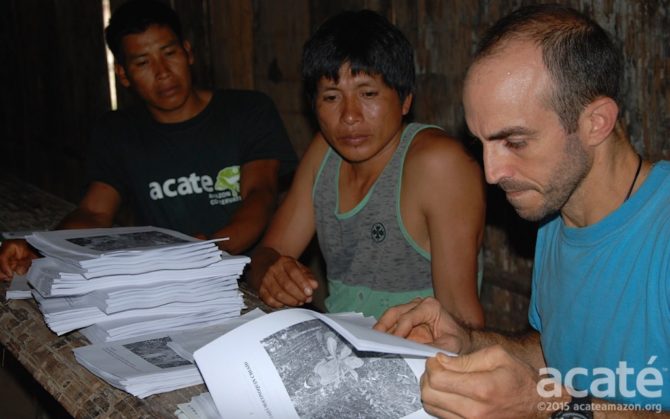
Wilmer and Dr. Fleck review chapters of the Traditional Medicine Encyclopedia. Compiled together, the Encyclopedia is over 500 pages in length and written entirely in the Matsés language.
After two years the Encyclopedia includes chapters by five Matsés elders and is over 500 pages long! Each entry is categorized by disease name, with explanation of how to recognize it by its symptoms; its cause; and which plants to use, how to prepare the medicine and alternative therapeutic options. A photograph of each plant taken by the Matsés accompanies each entry in the encyclopedia.
The Encyclopedia is written by and from the world view of the Matsés shaman, describing how rainforest animals are involved in the natural history of the plants and connected with diseases. It is a true shamanic encyclopedia, fully written and edited by indigenous shamans, the first to our knowledge of its kind and scope.
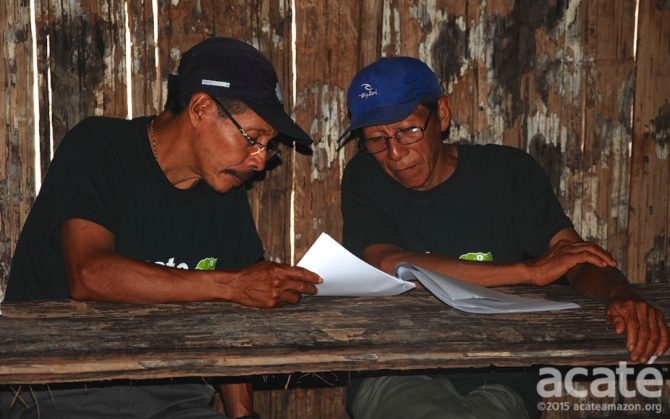
Each elder shaman contributed a chapter to the Encyclopedia, which was then compiled and edited collectively by the tribal shamans at the Meeting. The first of its kind, this initiative can serve as a replicable model for other indigenous groups facing loss of traditional knowledge.
Because the Matsés have very limited radio communication between the communities, meetings and word of mouth are the only means of sharing information. For this reason, it is very important during the meetings to ask for feedback and concerns from the community members. It was agreed by all participants that the completion of the encyclopedia is an important first step. As there are few opportunities for their generation to earn money, the elders pointed out the importance for their families of the payment stipends they received for their work.
During our Q and A on the Encyclopedia, the son of Alberto, one of the most knowledgeable elders, raised concerns over who was protecting the information on the medicines. Acaté President and physician Christopher Herndon took this opportunity to explain the safeguards Acaté and the Matsés have in place to protect the medicines from bioprospecting from pharmaceutical companies and other parties. He explained that the Encyclopedia is only written in Matsés, by and for the Matsés, and that no translations will be made into Spanish or English. It will be printed for the Matsés, at their direction, and neither published nor disseminated outside of their communities. In addition, no scientific names are included or photographs of flowers or other easily identifiable characteristics of the plants to outsiders.

Acaté President Christopher Herndon, M.D. and master healer Arturo. Widely considered to be one of the most knowledgeable living shamans, Arturo was trained prior to sustained contact with the outside world.
Chris explained that the greatest value of the knowledge is for the Matsés themselves, for their own health and that of future generations. He stated that the Encyclopedia alone is not sufficient to maintain their self-sufficiency as their healing systems are based on experience that can only be transmitted through long apprenticeships, as it was when the elders learned from their fathers before them. The Matsés elders especially appreciated it when Chris described his decade of medical training and how he understands that complex medical systems take years to learn and a lifetime to master!
APPRENTICES PROGRAM

Continuing the unbroken thread of knowledge passed on from shaman to apprentice.
There was agreement among the Matsés elders that the completion of the Encyclopedia is a historical and critical first step towards mitigating existential threats to Matsés healing wisdom and self-sufficiency in health. Attention was next turned in the meeting to Phase II, the Apprentices Program, in which the younger Matses accompany the elder master healers into the forest to learn the plants and assist in treating patients.
In 2014, under the supervision of Elder Shaman Luis Dunu Chiaid, we launched the pilot for the Apprentices Program in the community of Estirón that was very successful in initiating the training of three Matsés youths. Due to the success of the pilot, it was unanimously agreed that this program should be expanded to as many villages as possible. The elders thought it very important to begin programs in the villages that no longer have traditional healers. We made a plan to send two elder healers to the communities of Buen Peru and Jorge Chavez for a month-long training program.

Acaté Co-Founder Bill Park and Matsés tribal leaders working on current and future initiatives.
In addition, it was agreed that our agro-forestry work should be expanded to include medicinal plant integration. This will be based on the Healing Forest created by one of the greatest Matsés healers in Nuevo San Juan and currently maintained by his son Antonio Jimenez. To an outsider, this forest looks like non-descript stretch of rainforest along the footpath to their farms, about a 10 to 15 minutes walk away from their village. In the presence of a master shaman pointing out the medicinal plants, you realize in a moment that you are surrounded in fact by a constellation of medicinal plants for diverse range of ailments planted by the Matsés healers. Many rainforest vines and fungi don’t grow in open sun-exposed gardens and require rainforest ecosystems for their propagation. The placement of the Healing Forest 10 to 15 minutes away from their villages is characteristic Matsés efficiency. If you have a sick child, you don’t want to have to travel 4 hours to find the remedy.
Ultimately, Phase III, the goal of integration and enhancement of the ‘Western’ health delivery with traditional practice will be initiated in part by recruiting current Matsés health providers for the apprentices program. Wilmer, a health promoter in the health outpost and one of the Apprentices from Estirón provides a role model for other health care workers. Wilmer understands that the future health of his people depends the presence of dual vibrant systems of health that allows the community to draw upon the best of both worlds.
Before adjourning the meeting and allowing the transcribers and elders to work on their edits Matsés artist Guillermo Nëcca Pëmen Mënque of Buenas Lomas Nueva was chosen to draw illustrations for the book cover and chapter openings. Guillermo has previously collaborated with Acaté’s David Fleck in ethno-education projects supported by the Peruvian Ministry of Education and UNICEF. Take a look at Guillermo’s exquisitely sensitive and beautiful rendering of local rainforest birds. The Encyclopedia is currently being formatted for publication and sent to the printers.

Elder Matsés shaman Romulo giving a powerful oratory to the gathered shamans and youth about the importance of protecting their culture.
It is extremely difficult to describe in words the emotion felt by all in attendance as the elder warriors spoke of the battles they fought (literally) to defend the Matsés territory and way of life. Many were choking back tears as one elder after another called on the youth to seize this opportunity to fill the impending void left as the elders pass away, just as they did when their grandfathers were alive. The meeting closed with elder shaman and famous warrior Arturo standing up and speaking in support of Acaté. He stated that unlike other organizations, Acaté does not come to tell the Matsés what to do; we ask the Matsés what they need, and involve the Matsés at every point, listening to their ideas. He described us as a different type of outsider and ones that they were glad to work with. The Acaté team pledged to work tirelessly to fulfill our commitments to facilitate these critical projects.

Acaté’s Dr. David Fleck is a fully integrated member of the Matsés community and lives with his wife and two sons in one of the most remote villages. In addition to almost 30 scientific publications, Dave has co-authored with the Matsés an authoritative book on their culture, the most comprehensive dictionary of the Matsés language, the first written history of the tribe as told by elder Matsés historian Manuel Tumí, as well as several educational materials in the Matsés language for their primary schools.
Acaté is an on-the-ground conservation organization that works in a true partnership with the Matsés indigenous people of the Peruvian Amazon. Developments in our other major programs, sustainable economic development and agroforestry, will be presented in updates to follow. Stay tuned also for the launch of an exciting new initiative! You can follow us through our website and facebook page.
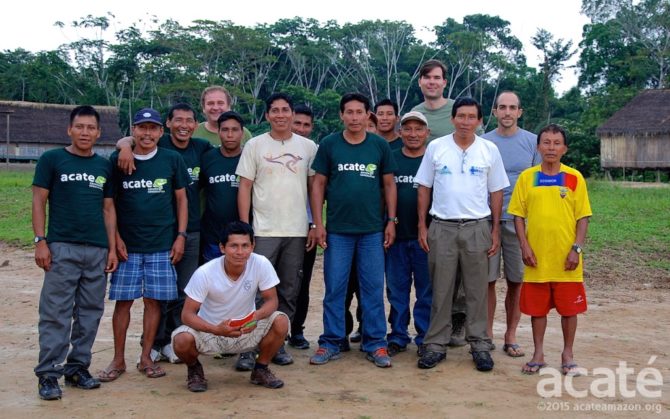
This important initiative was made possible through funding from the Conservation, Food and Health Foundation, the Irwin Andrew Porter Foundation, and private donors. We are grateful for their support.
June 25 Update: Conservation journalist Jeremy Hance of Mongabay.com recently profiled Acaté in a feature on the Matsés Traditional Medicine Encyclopedia. Read Jeremy’s interview of Acaté President Christopher Herndon to learn more about the inspirational story of one tribe’s determination to safeguard their ancestral knowledge and reclaim from the precipice of extinction!
Text and images © Acaté Amazon Conservation
Where do i get a copy? Please help
Can a common man know about the medicine encyclopedia? I am very much interested in knowing about natural medicines
Felicidades por tan importante tarea y estoy muy interesada en conocer sobre esta medicina, lamentablemente llego la medicina muy tarde para podersela aplicar a mi hermana que hace un mes fallecio de cancer, la he probado ya y me parece una medicina que crea cambios radicales a todos los niveles y es de mi interes aprender de ella e iniciarme para poder ayudar a mi gente aqui en Cancun – México, por el momento estoy aprendiendo de Alejandro Pekon Metsa que lleva ya 10 años trabajando con Kambo, me gustaria saber si ustedes me pueden dar alguna recomendacion para poder ir a visitarlos y aprender sobre la medicina. Gracias y estoy muy feliz de saber que ya hay información escrita sobre Kambo. Dios los bendiga por tan hermoso trabajo ….. y regalo a la humanidad …
Hola! Contacte Omar a Rainforest Healing Center para descubrir mas sobre plantas mediciniales y Kambo. Benediciones a tu hermana y ti!
i would like to have a copy or even buy it. Can i get it?
No, the encyclopedia is not for sale.
WHAT an amazing action.thumbs up and love from Greece,Europe and YES NO translations EVER.PROTECT YOUR treasures from the sharks.
ps Acateamazon org THANK YOU FOR EXISTING
soo…. where is this medicine encyclopedia that is the basis of this entire article?
it’s in the hands of the Matsés for their information only.
Caros Senhores.
Muito agradeço que me informem como posso comprar:Enciclopédia de Medicina Tradicional.
Os melhores cumprimentos
António Correia